Wonderful Introduction:
Green life is full of hope, beautiful fantasy, hope for the future, and the ideal of longing is the green of life. The road we are going tomorrow is green, just like the grass on the wilderness, releasing the vitality of life.
Hello everyone, today XM Foreign Exchange will bring you "[XM Foreign Exchange Decision Analysis]: US mortgage loan applications are stable, and the short-term trend analysis of spot gold, silver, crude oil and foreign exchange on May 14th". Hope it will be helpful to you! The original content is as follows:
The three major stock index futures rose collectively, Nasdaq 100 Futures Small rose 0.14%, Dow Jones Futures Small rose 0.09%, and S&P 500 Futures Small rose 0.10%. Major European stock indexes rose and fell mixed, with the German DAX30 index rising 0.11% to 23,645.2 points; the UK FTSE 100 index fell 0.21% to 8,584.67 points; the French CAC40 index rose 0.03% to 7,876.02 points; the European Stoke 50 index fell 0.07% to 5,412.35 points; the Spanish IBEX35 index fell 0.01% to 13,769.97 points; the Italian FTSE MIB index rose 0.11% to 40,120 points.
⑴ As of the week ending May 9, the US 30-year conventional mortgage interest rate rose by 2 basis points to 6.86%, the FHA interest rate rose by 3 basis points to 6.59%, while the interest rate for large loans fell by 1 basis point to 6.85%. ⑵Following interest rates have remained in a narrow range in the past five weeks since interest rates rose significantly due to Trump's tariff policy in early April. ⑶ Stable interest rates drove the Mortgage Bankers Association (MBA) market comprehensive index to rise for the second consecutive week, up 1.1% to 251.2, following an increase of 11.0% in the previous week. ⑷House purchase index grew by 2.3% to 166.5, and the refinancing index remained basically the same, down 0.4% to 718.1. ⑸ The same period as last yearCompared with that, the home purchase and refinancing indexes increased by 17.5% and 43.6%, respectively, as interest rates for the three loan plans fell by 22 basis points, 27 basis points and 37 basis points respectively. ⑹In terms of home purchase, due to the increase in house inventory and the transaction volume was supported, the average home purchase loan scale increased by 2.7% year-on-year to US$449,300. ⑺In terms of refinancing, government loans performed better than conventional loans, with the government refinancing index growing by 4.9% to 1755, of which FHA refinancing increased by 10.7%, and VA refinancing decreased by 3.0%. ⑻The proportion of refinancing applications dropped from 37.1% to 36.4%, while the proportion of FHA and VA rose from 16.4% and 13.3% to 17.4% and 13.4% respectively. ⑼Adjustable interest rate mortgage (ARM) share fell from 8.3% to 7.4%, as the 5/1 mixed ARM rate rose by 12 basis points to 6.09%.
Several important U.S. ports, which have been severely impacted by the US government's tariff policies, welcomed several important U.S. ports. However, the heads of several ports also said that the tariffs on China that are still being implemented are still high, and if the problem of excessive tariffs cannot be solved quickly, the United States may still fall into an economic recession. Microsoft NBC reported on the 13th that the number of cargo ships arriving in Long Beach, California, was still not large on that day. The report pointed out that the uncertainty brought about by US tariff policies still concerns port workers and small business owners.
Amin Nasser, CEO of Saudi Aramco, the world's largest crude oil exporter, said the company is fully capable of dealing with low oil prices. Nasser's statement comes as Saudi Arabia led the OPEC+ oil-producing countries alliance to implement two rounds of production increase measures that exceeded the original plan, causing oil prices to fall to four-year lows in the past few weeks. Crude oil prices are currently close to $66 per barrel, far below the level above $90 required by the International Monetary Fund to balance the budget, exacerbating the budget deficit. Saudi Aramco is one of the world's lowest-cost crude oil producers. But even so, weak oil prices have led to a decline in the company's first-quarter net profit and rising debt, even though it has cut dividends. "If there is any company that can cope with lower oil prices, it's us."
Europeans familiar with the matter said that ECB regulators are asking some banks in the euro zone to evaluate demand for the dollar during stressful periods because they are studying the situation where they can't rely on the Fed under the Trump administration. Nearly one-fifth of euro zone banks’ demand for funds is denominated in US dollars, which borrow short-term funds in the market, which may suddenly close during times of financial stress. In the past, the ECB borrowed USD from the Federal Reserve (the source of the US dollar) to make up for thisA gap. Two sources said the Fed never said (including now) that it would not support the measures. Nevertheless, fears the Fed's position may change as Trump's doubts about a long-standing defense and trade agreement with European allies sparked distrust.
On May 14, local time, Ukrainian Prime Minister Smegal announced that the Ukrainian government has approved the roadmap required to launch the first negotiation cluster for Ukraine and the EU. He said that these roadmaps involve areas such as the rule of law and public management reform, which are fully in line with Ukraine's international obligations and Ukrainian strategic and programmatic documents. Shmegal said Ukraine is taking important steps towards EU membership. Ukraine’s goal is to start negotiations for all six negotiation clusters this year.
The ECB must learn to deal with the ongoing uncertainty, because the volatility of US policy has become the new normal, but the ECB is still expected to restore inflation to its target level of 2%, German Central Bank Governor Nager said in a speech in Madrid.
⑴ The ECB has failed to achieve its inflation target in the past decade, initially failed to achieve its target under a large-scale stimulus program, and then exceeded its target in a surge in inflation after the epidemic. ⑵Nagl believes that the ECB has a high probability of approaching the 2% inflation target, although the inflation rate remained at 2.2% last month, and some policy makers expect inflation to fall below 2% in the coming months due to strong euros, lower energy costs and weak economic growth. ⑶ Nagel never called for any policy response, although some colleagues are discussing further policy easing, while others advocate maintaining policy stability. ⑷Nagl pointed out that even if trade tensions ease, policy volatility may continue, and the ECB must accept this reality in policy making. ⑸ He stressed: "This uncertainty is the new normal and we must deal with it as much as possible."
⑴ The Swedish central bank may cut interest rates due to slowing economic growth and weakening inflation pressures, and its latest meeting minutes show this possibility. ⑵ The Swedish central bank kept the benchmark interest rate unchanged at 2.25% at its meeting on May 8, believing that it should take a wait-and-see attitude to determine whether global trade frictions lead to slowing growth and inflation or push up price pressures. ⑶ Central Bank Governor Eric Tedren said the current assessment tends to cut interest rates at the next meeting, but there is still uncertainty in this decision. ⑷ Deputy Governor Anna Breman pointed out that if the current economic outlook continues, future meetings may lower interest rates. ⑸ However, some central bank officials warned that escalating global trade tensions could lead to higher inflation. ⑹ Due to high uncertainty, analysts have a wide disagreement on the future trend of Sweden interest rates. Some people expect interest rate cuts three times this year, while others believe they will not cut interest rates. Interest rate futures display before the end of the yearA rate cut may be made once. ⑺The next interest rate decision of the Swedish central bank will be announced on June 18.
Euro/USD: As of 20:18 Beijing time, the euro/USD rose, and is now at 1.1211, an increase of 0.23%. Before New York, the (Euro-USD) price rose in recent intraday trading, retesting the key resistance of 1.1250, which represents the 38.2% Fibonacci correction level for the short-term bull market (from 1.0730 to 1.1572), accompanied by resistance to touching its EMA50, accompanied by movement of the bear market correction bias, and the start of a negative divergence forming on (RSI), and the start of a negative overlap signal.
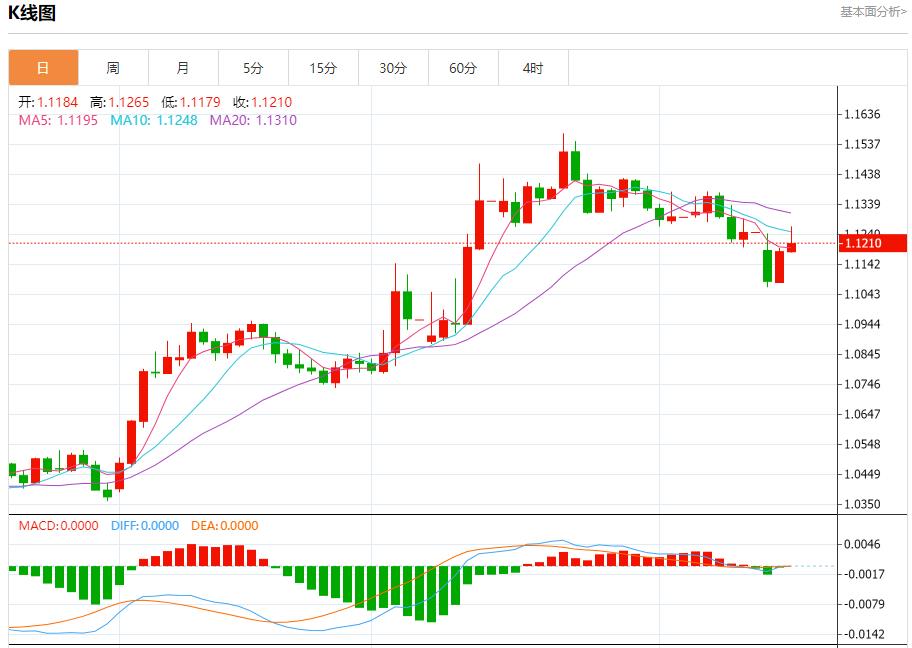
GBP/USD: As of 20:18 Beijing time, GBP/USD rose, now at 1.3320, an increase of 0.10%. Before the New York Stock Exchange, GBPUSD price expanded its gains in recent day trading, successfully breaking through a slight correction bearish slash on a short-term basis while exceeding the EMA50 resistance, exceeding its negative pressure, and strengthening the bullish track of the intraday level, showing positive signals on (RSI), noting that overbought levels have been reached, which may temporarily reduce the gains as such overbought conditions need to be unloaded.
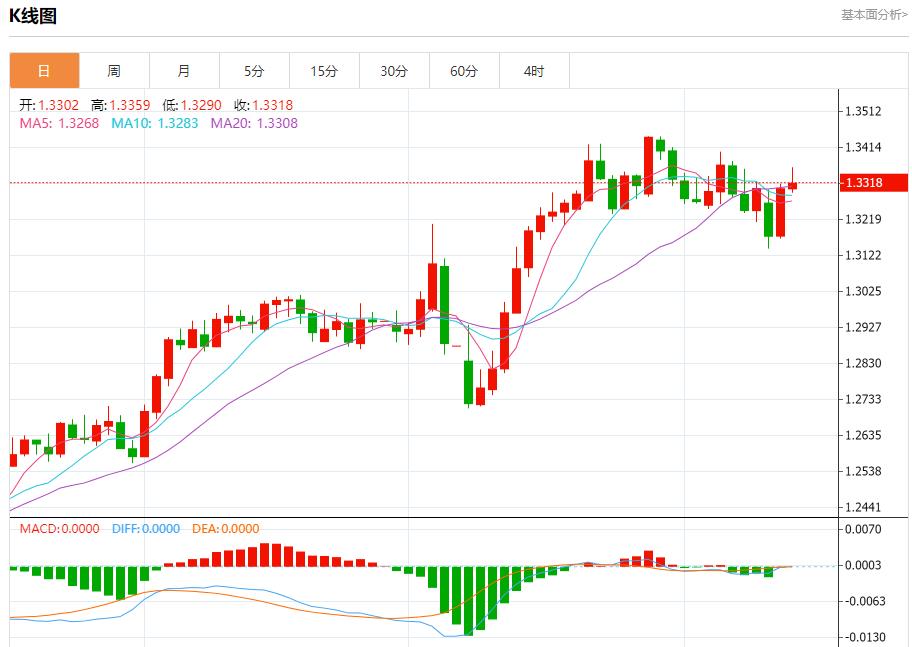
Spot gold: As of 20:18 Beijing time, spot gold fell, now at 3209.87, a drop of 1.23%. Before the New York Stock Exchange, the (gold) price fell in recent intraday trading, affected by negative signals on the (RSI), and after reaching overbought levels and trying to get rid of overbought conditions, opening the way for more upside, the main bullish trend on a short-term basis dominates and trades along a slash, which continues on the dynamic support represented by the exchange above the EMA50.
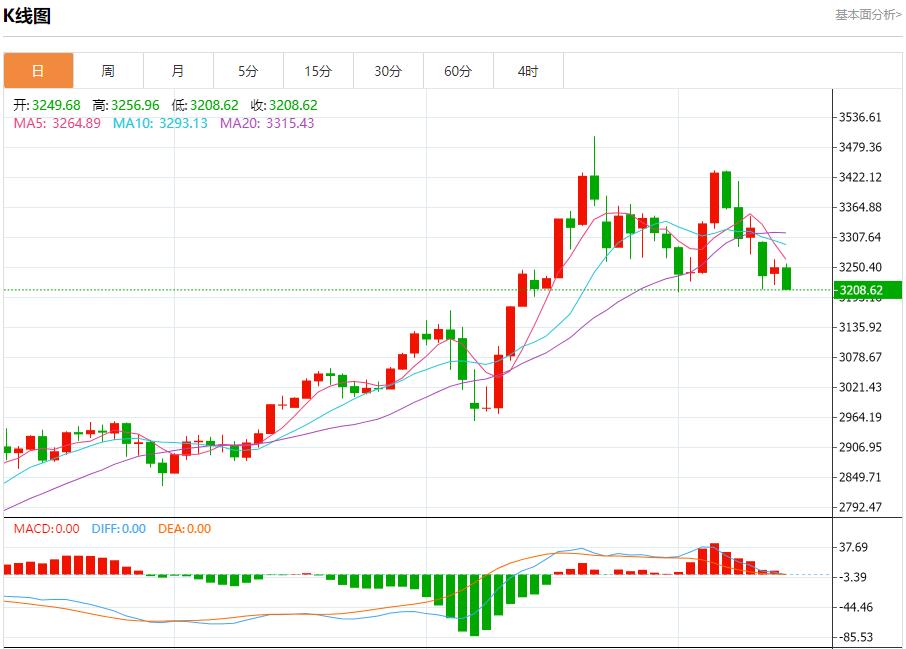
Spot silver: As of 20:18 Beijing time, spot silver fell, now at 32.561, a drop of 0.97%. Before the New York Stock Exchange, the (silver) price rose in recent intraday trading, taking advantage of positive support from relying on its EMA50 support, bullish correction trends dominate on a short-term basis, and trading along the slash, noting that (RSI) has reached an oversold level compared to price volatility, opening the way for more gains.
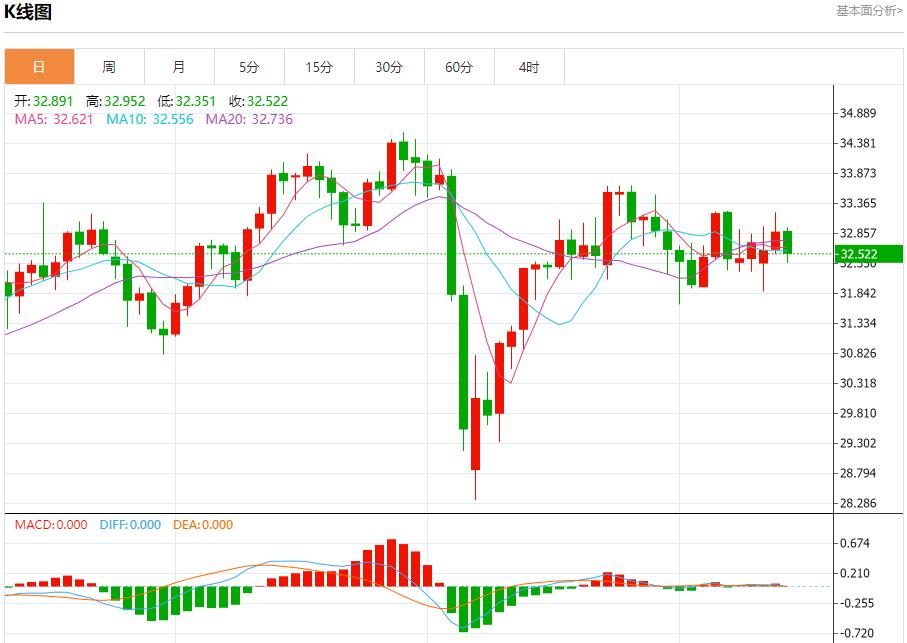
Crude oil market: As of 20:18 Beijing time, U.S. oil fell,It is now at 62.890, down 1.23%. Before the New York Stock Exchange, (crude oil) prices fell in recent intraday trading, dominating bullish correction waves on a short-term basis and trading along the bias line, trying to collect gains from previous gains, trying to gain positive momentum through some apparent overbought conditions on the offload (RSI), especially if they show negative signals.
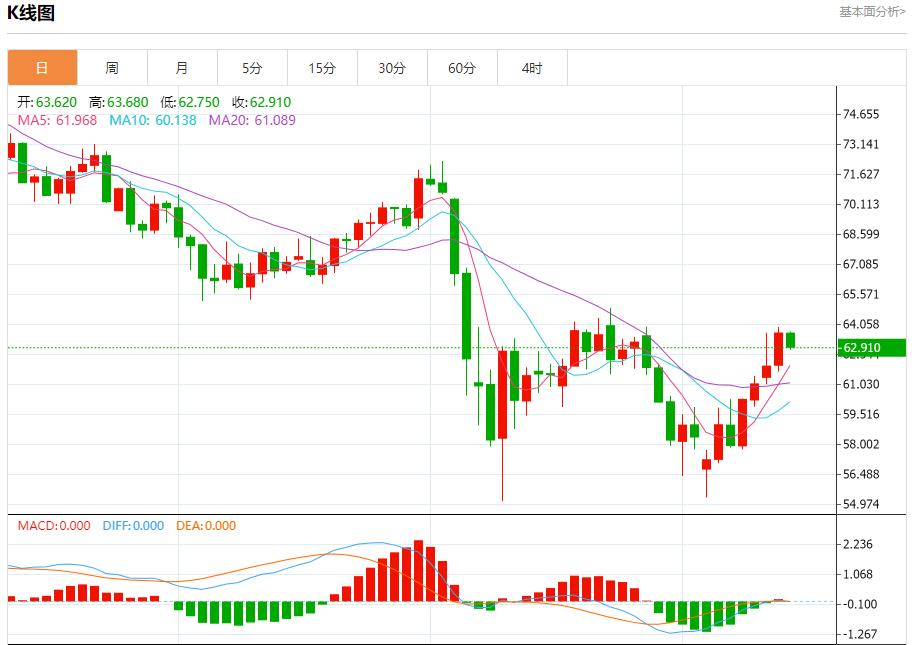
TD Securities' two members of the Global Rates, Forex and Commodity Strategy Division said in a research report that the RBA may lower the policy interest rate by 25 basis points to 3.85% at next week's meeting. They said CPI data and labor market conditions are close to the forecasts in the central bank's February monetary policy statement and should support easing policy next week. "What is particularly noteworthy will be the RBA's assessment of tariff-related risks," they said, adding that the RBA's interest rate decision is unlikely to be a market driver for the Australian dollar, as the market has fully reflected expectations of a 25 basis point cut.
The above content is all about "[XM Foreign Exchange Decision Analysis]: The application for mortgage loans in the United States is stable, and the short-term trend analysis of spot gold, silver, crude oil, and foreign exchange on May 14" was carefully compiled and edited by the editor of XM Foreign Exchange. I hope it will be helpful to your transactions! Thanks for the support!
In fact, responsibility is not helpless, it is not boring, it is as gorgeous as a rainbow. It is this colorful responsibility that has created a better life for us today. I will try my best to organize the article.